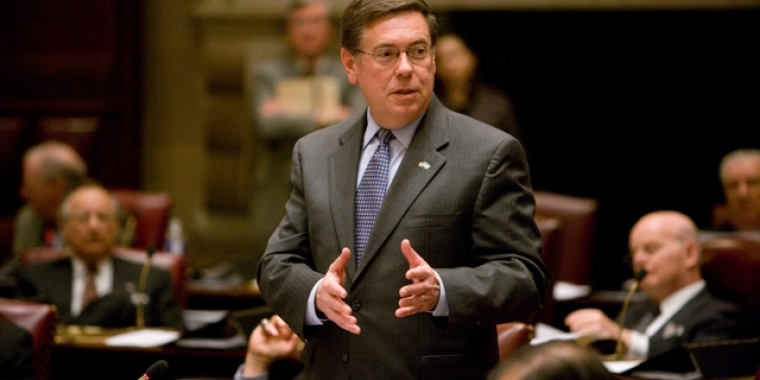
Freeze High Energy Bills
James L. Seward
January 14, 2010
As we work our way through another upstate New York winter there are many exciting outdoor pursuits to help pass the time. Skiing, snowmobiling, hiking, ice fishing and simply riding a sled in the backyard with the kids are just some of the activities so many of use enjoy.
Unfortunately, the cold temperatures lead to an indoor activity none of us are too fond of- paying the heating and electric bills. When the days are shorter and the temperatures colder the home energy bills can sky rocket. The good news is that there are steps you can take to help keep your costs under control.
One of the simplest cost saving measures is to lower the thermostat. For every one degree you set back your thermostat, you can save one to three percent on your annual heating bill. By installing a programmable thermostat you can adjust your homes temperature based on your family’s schedule. Dropping the temperature at night, during the day when you are at work and your children are at school, or any other time when you leave the house for more than two hours can provide real savings. It takes less energy to warm a cool house than to maintain a higher temperature all day and night.
It is also vital that you do everything you can to keep out the cold. A quick inspection of your home may reveal areas where heat, and in turn cash, is simply leaking out. Check for insulation in your attic, walls, ceilings and floors, and install more if needed. Inexpensive weather-stripping around doors and windows can also go a long way in blocking cold drafts. You should also replace any cracked windows and use easy to install storm window kits to keep out breezes. Finally, close your curtains at night to keep warm air inside.
There are also a number of steps you can take to help conserve energy. Turning off lights in empty rooms and shutting off heat to unused areas of your home are simple but effective energy savers. You should also consider running major appliances like washers, dryers and dishwashers during off peak hours. When you are upgrading your appliances you should look for those that carry the ENERGY STAR label to assure you are purchasing the most energy efficient products on the market. If your furnace is over ten years old you may want to replace it with an ENERGY STAR approved unit to save up to thirty percent in energy costs.
Additional energy saving tips are available on-line at a special website created by the New York State Energy Research and Development Authority (NYSERDA), www.getenergysmart.org. The site includes plenty of useful information on cutting your energy costs, community outreach programs, even an educational game for kids.
Even after implementing the recommended energy conservation measures many New Yorkers still find themselves struggling to pay their heating bills. For some people, help is available. The Home Energy Assistance Program (HEAP) is a federally funded program administered by the New York State Office of Temporary and Disability Assistance (OTDA) that provides financial assistance to eligible households to help pay for their home heating costs. It is structured in such a way that higher benefits are provided to those households that:
• Spend a large portion of their incomes on energy bills;
• Have a child or children under age 8, adults over 60, or disabled individuals living in the house;
• Have the lowest income; or
• Run out of heating fuel.
To be eligible, a household must meet income guidelines; currently 60 percent of the state median income or below, and either pay directly for heating costs or pay rent that includes heating costs. Individual applicants must be U.S. citizens or qualified aliens.
To find out if you may be eligible for HEAP benefits, use the on-line pre-screening tool at www.mybenefits.ny.gov or contact your local social services office.
Share this Article or Press Release
Newsroom
Go to NewsroomNY Government Merger Bill Draws Criticism
June 10, 2009
Drug Laws Worry Lawmakers
June 9, 2009
TEA Time In New York
June 5, 2009
